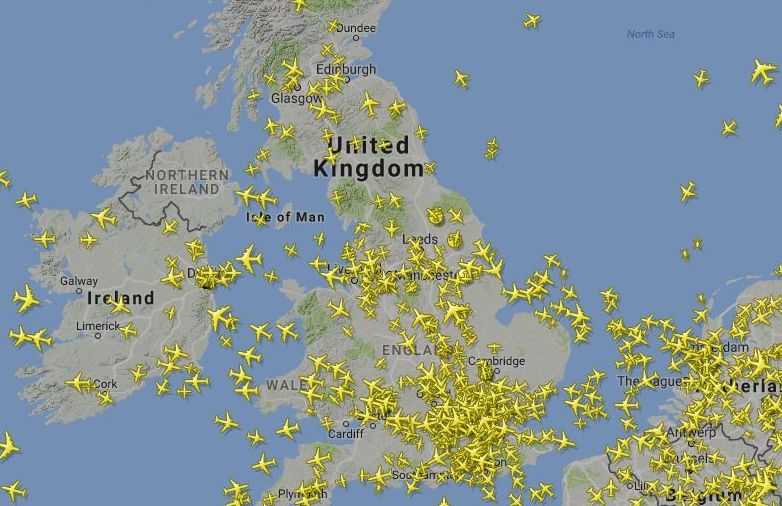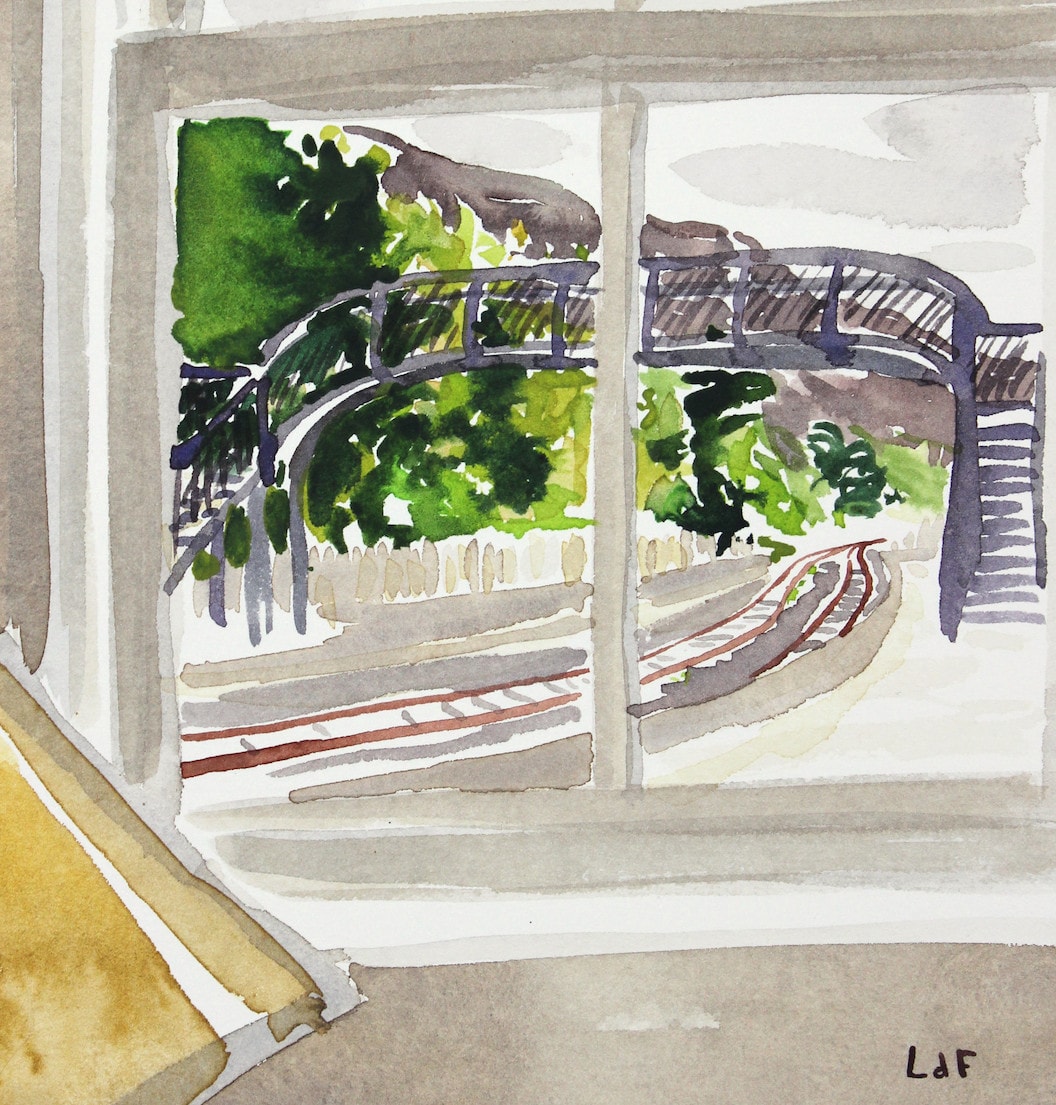This article was updated in December 2022 following the news that France’s policy to remove flights on three routes with rail connections would become law. It was written in collaboration with Tom Smallwood (MSc), whose original article can be found on Medium.com

According to UK Government figures, domestic flights generate approximately six times the emissions of National Rail services per passenger km.
At a time when we must make large-scale emissions reductions if we are to limit catastrophic climate change, replacing aviation with rail on shorter journeys has the potential to have a significant impact.
A new policy introduced by the French government states that flights should not compete with rail where a connection of less than 2.5 hours exists – approx 550km. We ask, could a similar policy be applied to UK domestic flights?
The UK’s domestic market makes up around 5% of our total aviation emissions, which in turn accounts for about 7% of the UK’s total greenhouse gas emissions. With direct rail connections on two of the most-used flight routes (London-Edinburgh and London-Glasgow), switching from air to rail feels like an easy win.
In reality, applying France’s policy directly is unlikely to make much of an impact, with the domestic flight market made up predominantly of routes which take more than 2.5 hours by rail. However, extending the policy could make some meaningful reductions.
Extending the policy to routes of 700km
Domestic flight routes between London and Leeds (310km), Newcastle (450km), Manchester (305km), Glasgow (660km) and Edinburgh (650km) account for over 14 million passengers annually. The London-Edinburgh route is the busiest on the UK mainland, and the fourth-busiest flight route in Europe.
The potential for carbon savings is huge: a one-way trip from London to Edinburgh by train produces just 34kg carbon dioxide equivalent (CO2e) per passenger as opposed to 124kg CO2e by plane. That’s a 72% reduction – the kind of meaningful reduction we should be looking at in our response to the climate emergency.
Applying the policy to international travel
70–80% of flights from the UK are within Europe and over 50% are to our nearest neighbours. Applying the 700km policy from London would include the destinations of Brussels, Amsterdam, Lille and Paris, destinations that amount to approximately 100 flights per day – London Heathrow to Amsterdam alone fills over 2 million seats per year – yet are all served by a direct train.
Emissions reductions on these routes have the potential to be greater than our domestic reductions, as Eurostar emissions are up to 15 times lower than the equivalent flight, as opposed to just six times lower for National Rail.
Alternatives
Transferring 14 million passengers annually to rail would require significant changes to domestic transport: an expanded rail network, more affordable fares, and increased capacity on existing lines. The Government could go part way to raising the necessary funds by taxing aviation in the same way as other transport forms – a kerosene tax & VAT would raise an extra £7 billion annually to HMRC. The lack of tax on aviation fuel effectively gives the industry huge subsidies that keep prices low and encourage growth in an industry that is too mature and too polluting for subsidies at this level to still exist.
Domestic flights might seem attractive in terms of journey time, but for short haul flights the travel time can be at least doubled. The fastest London-Amsterdam Eurostar is just under 4 hours, which is very close to the Heathrow-Schipol journey time once transfers and check-in time is accounted for. London-Edinburgh is 4 hrs 20 mins by train, and comparable by air.
But we should also consider travelling less, as it’s unlikely that we could transfer every one of those flights to rail. Cheap flights and frequent flyer programmes have encouraged a work and leisure culture that involves a lot of travel. As Covid has shown, many of our journeys can be replaced with online meetings, or with more local leisure trips.
What can we do?
It’s important to put pressure on the UK government to adopt the forward-thinking measures adopted in France (though the France policy stops short of being truly revolutionary, as only three flight routes will be affected).
But as well as lobbying government, we can also show what we want with our own behaviour. Industry and government respond to consumer habits, which is where our own travel choices hold a lot of power.
Our advice is to commit to not flying domestically, and instead look at alternative means of travel including sleeper trains and ferries. Travelling without flying within the UK can be a great experience, even on routes not served by a single train.
The UK, as a historically and disproportionately large emitter, has a responsibility to lead from the front. We need political will to meet our net zero targets, and we need to not be content with doing ‘just enough’ to hit 2°C.
In order to prevent serious climate crisis consequences we need to move much faster, with the government making bold policy in all sectors to create the significant reductions we so desperately need. For aviation, a 700km policy for domestic & international flights would be a good place to start.
Tom Smallwood is an environmentalist (MSc) who researches and writes about how to address our high emissions. You can read the full article here.




